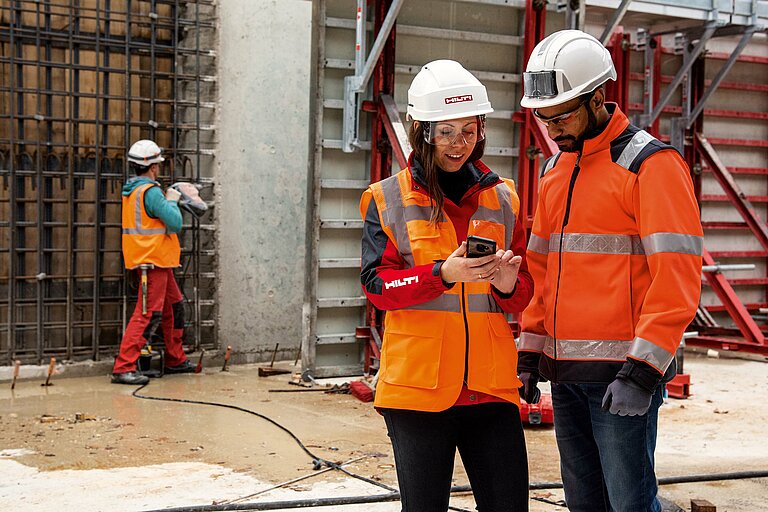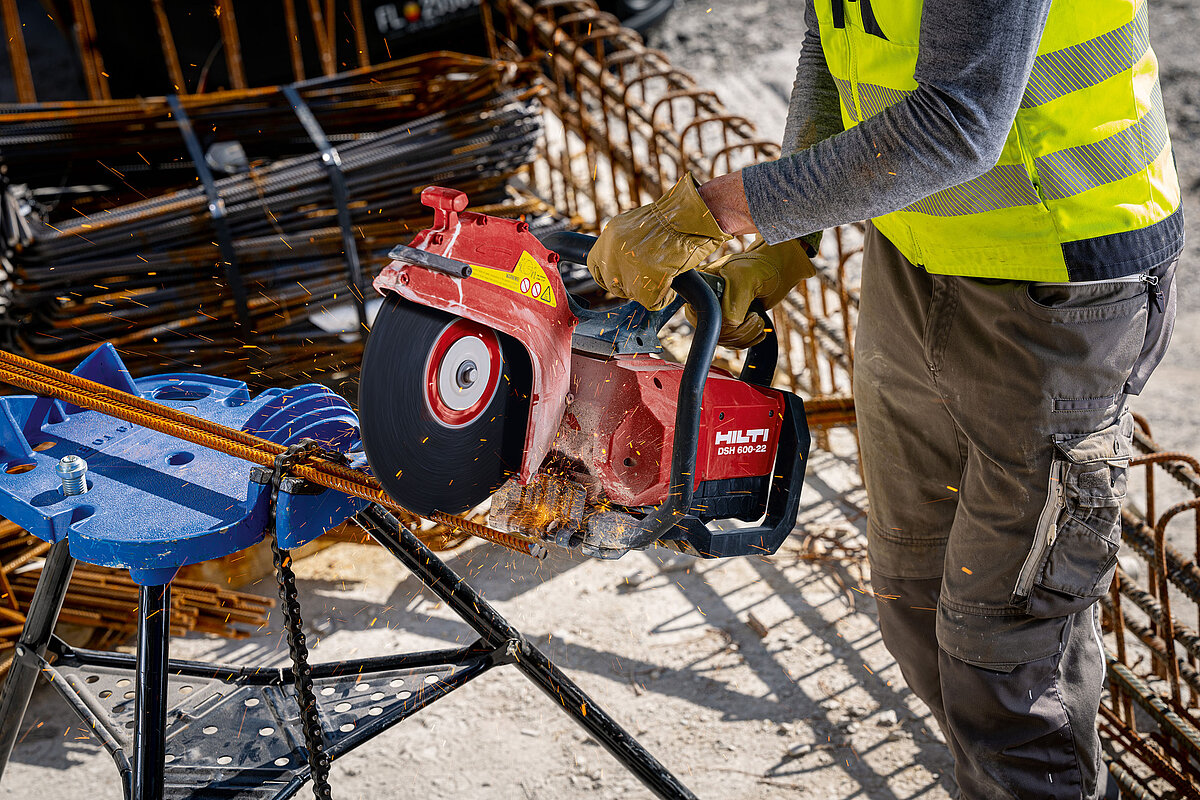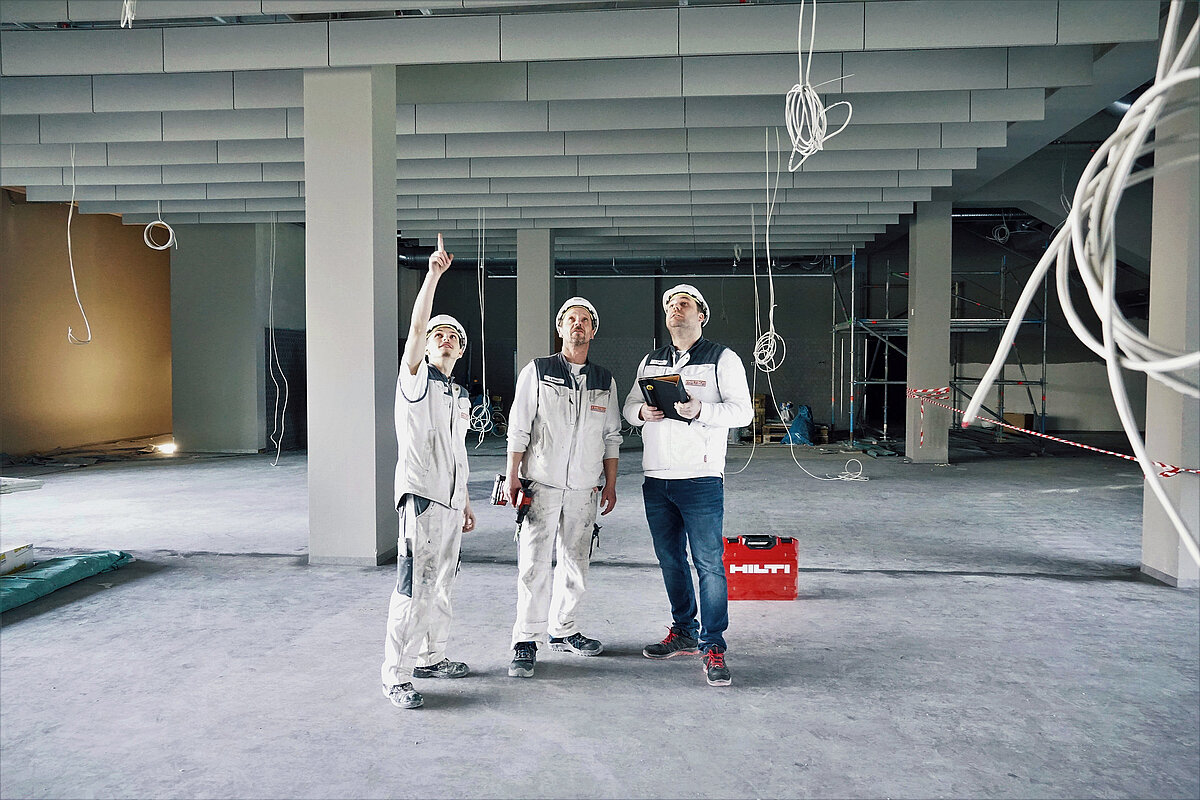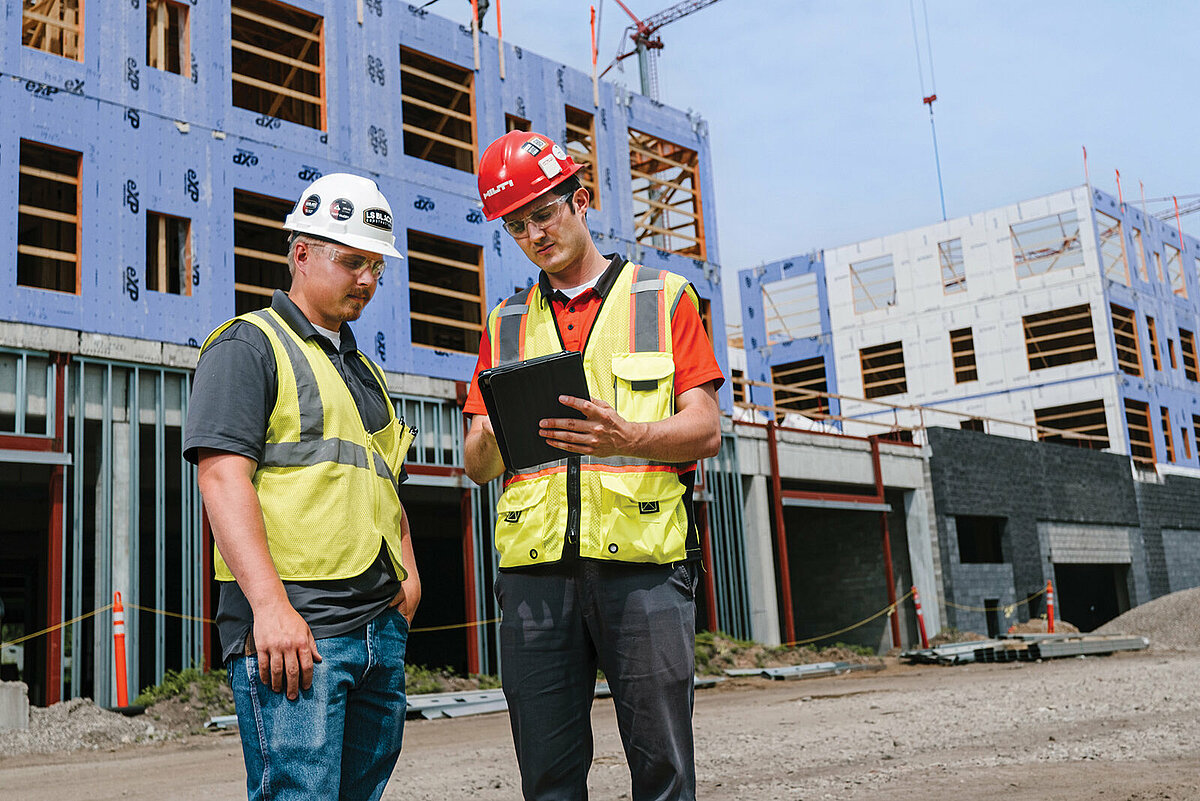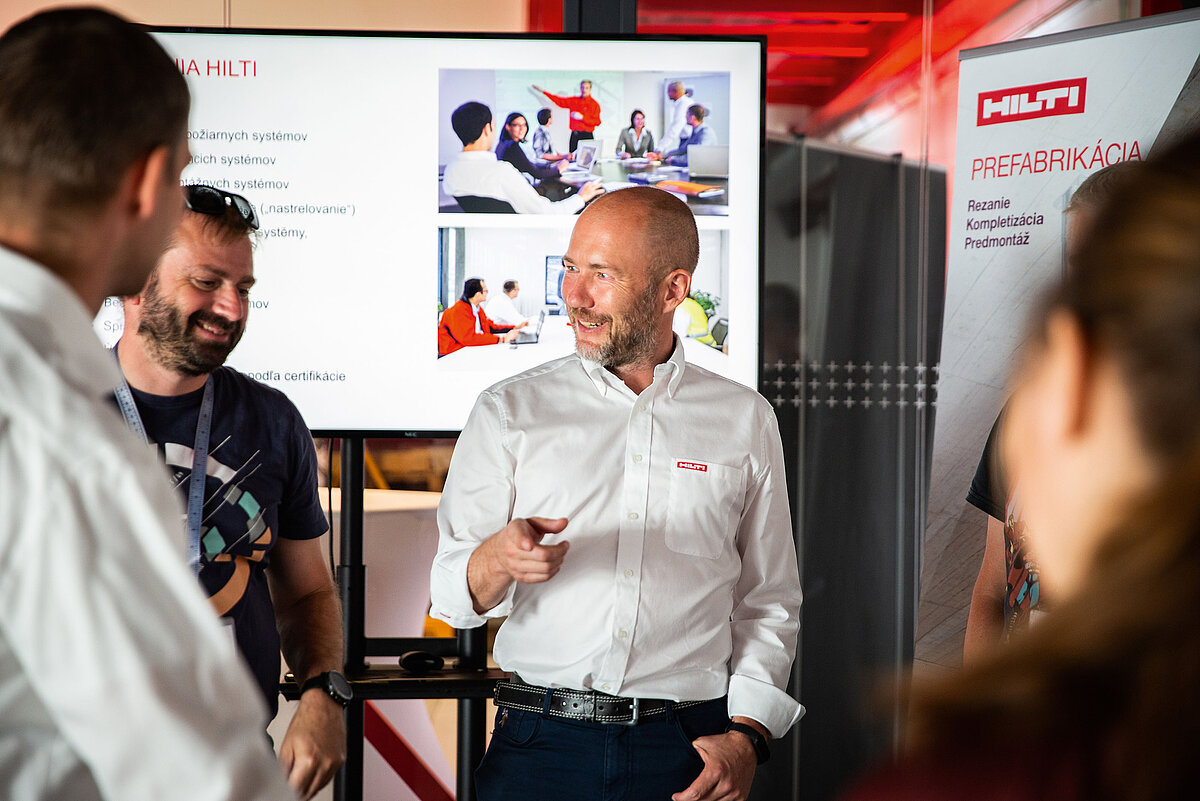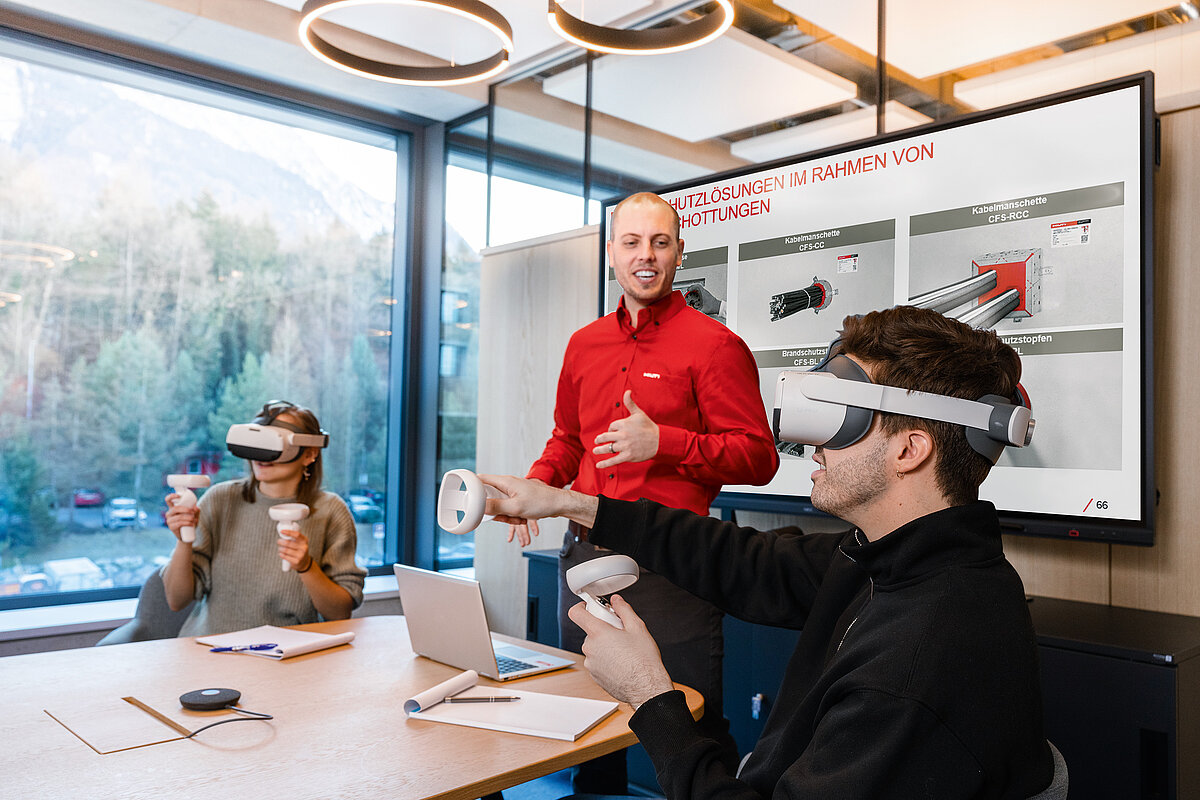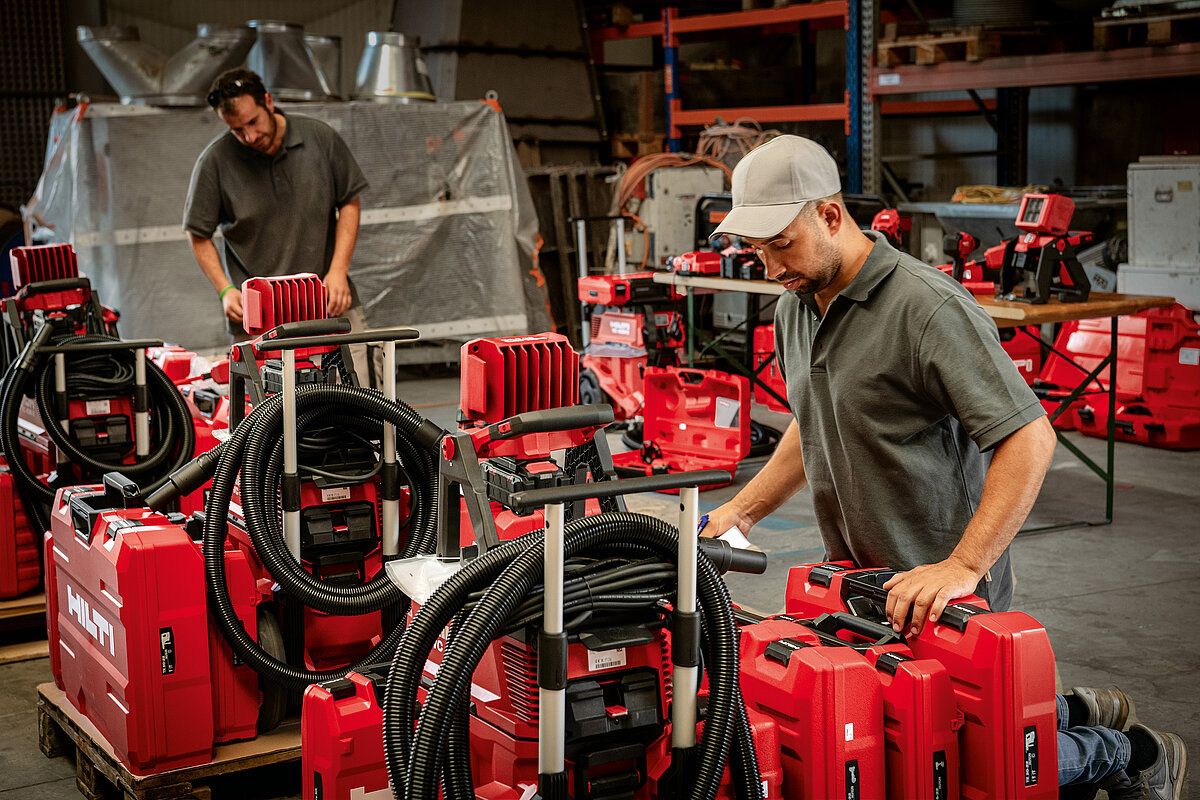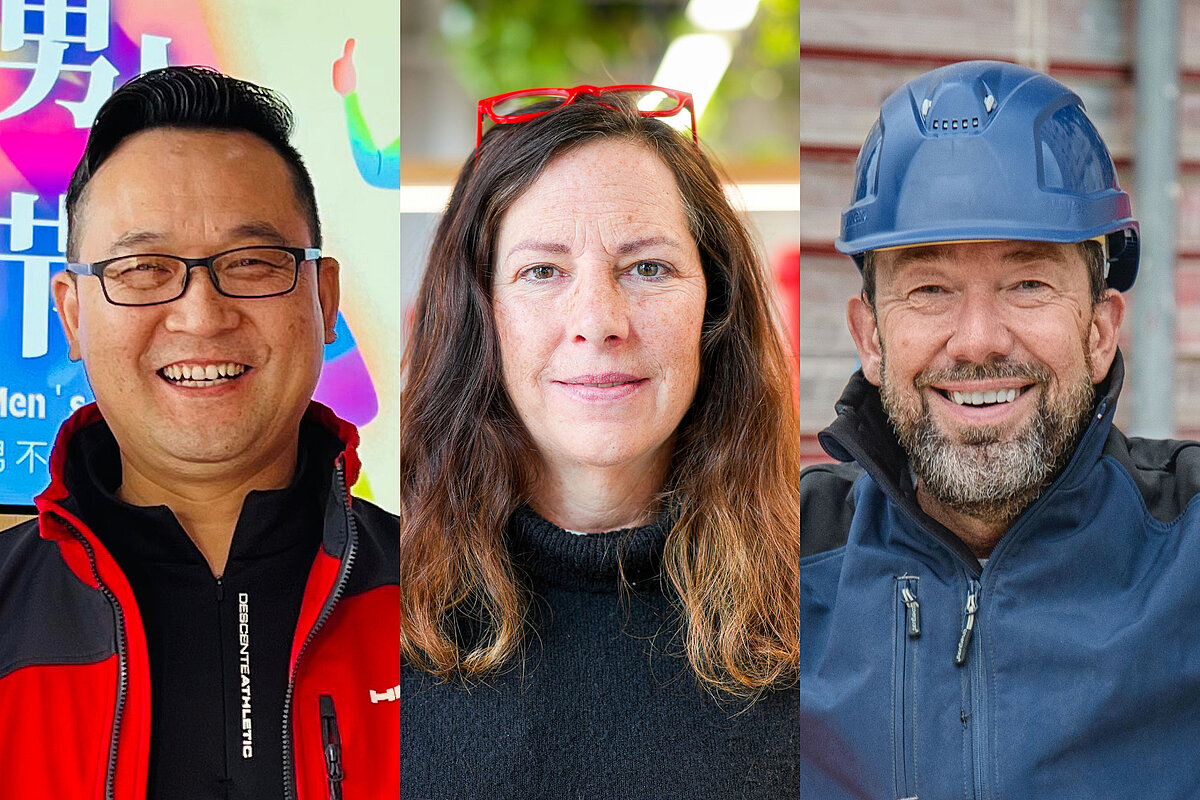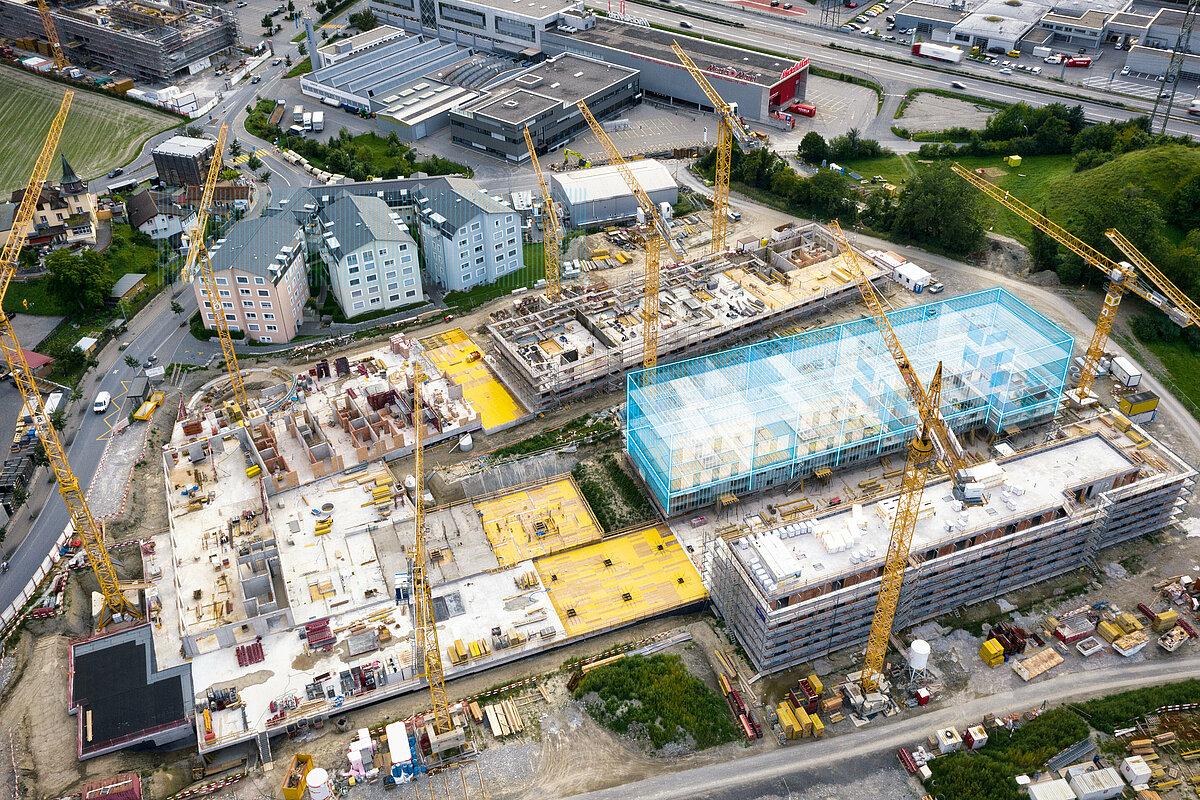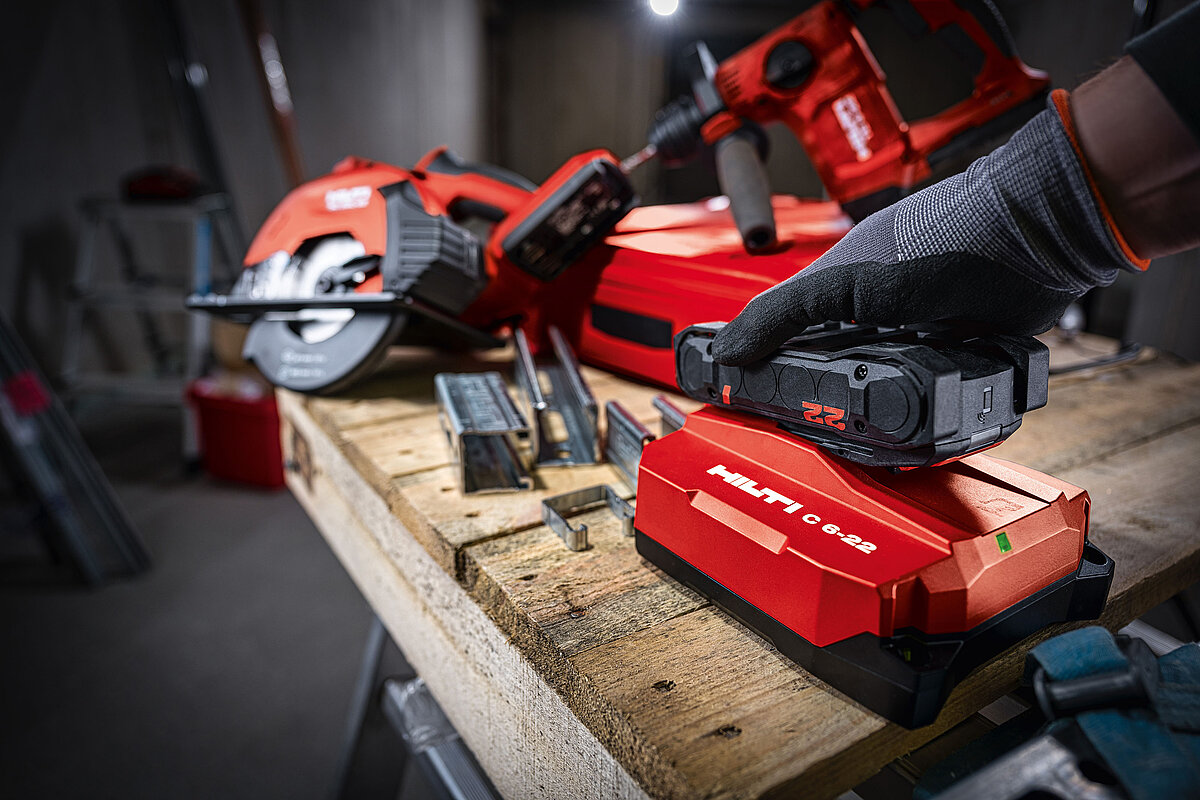Better Projects
Making Projects Better with BIM
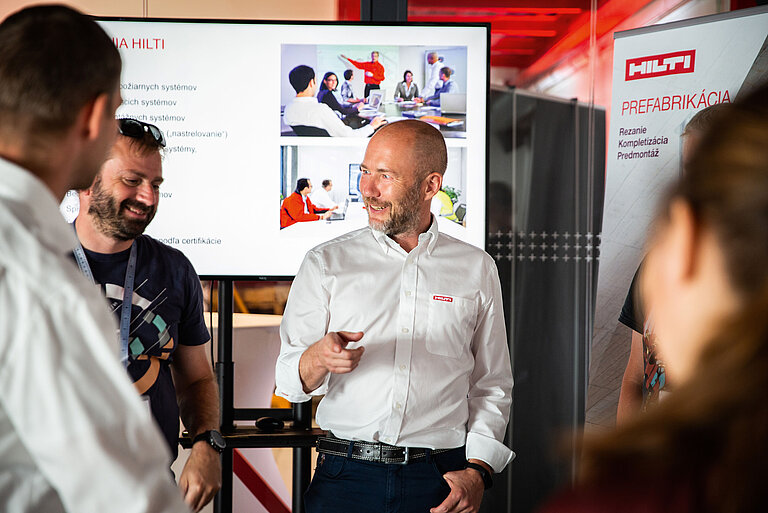
InoBat Auto, a Slovakia-based electric battery manufacturer, has successfully established an R&D center for advanced battery cells and a pilot line facility. To help ensure the highest standards of safety, efficiency and sustainability during the construction, InoBat Auto has partnered with Martin Lichý and his team from Hilti Slovakia.
Spanning approximately 9,500 square meters, the site includes cutting-edge laboratories, a dedicated R&D center and a manufacturing pilot line, serving as a crucial node in a global network of gigafactories with anticipated contributions to electric vehicle battery production. One of the key technologies that InoBat Auto and Hilti are using on the project is Building Information Modeling, or BIM. BIM is a digital process that allows construction teams to create and share a virtual model of a building or structure. It can be used to plan and coordinate all aspects of the construction process, from design and engineering to procurement and installation.
The BIM model presented by the Hilti team has played a pivotal role in this project. It has allowed us to gain a comprehensive understanding and visualize the project before construction began.
Martin Vnenčák, Project Manager at Takenaka, the construction partner and main general contractor
By proactively identifying potential clashes at an early stage, the Hilti team was also able to swiftly address and resolve them during the design phase. This helped to avoid costly delays and rework during the construction phase and played a significant role in fostering a safer working environment for all parties involved in the project during execution. Additionally, the BIM model provided a clear vision for each company involved in the construction process, enhancing communication and coordination throughout the entire project. This resulted in fewer instances of incorrect work and, essentially, an overall reduction in waste.
“In addressing the HVAC installations in a tight technical corridor, we orchestrated a series of horizontal sequences, considering not just the unique requirements of each trade but also synchronizing with the installation timelines of four independent companies. Our solution is designed to facilitate future expansion, including the integration of additional piping, a phase slated for implementation in the first quarter of 2024,” said Roman Mičica, Field Engineer at Hilti Slovakia.
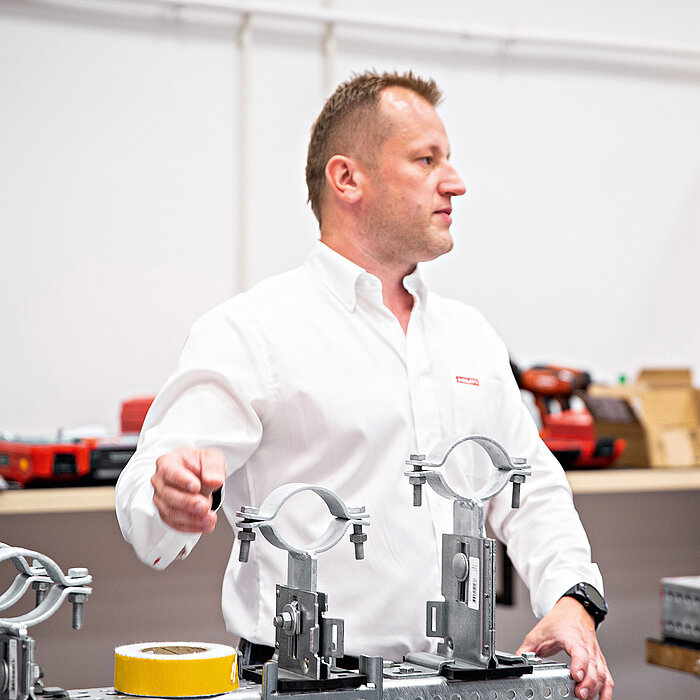
Our solution is designed to facilitate future expansion, including the integration of additional piping, a phase slated for implementation in the first quarter of 2024.
Roman Mičica, Field Engineer at Hilti Slovakia
“With the on-site support of the Hilti team, from the very beginning, we had a deep understanding of every aspect of the project, enabling us to plan and allocate resources more effectively. We could simulate different construction scenarios and analyze their costs. Hilti’s overall involvement in the project allowed us to identify the most cost-effective approach and avoid unnecessary expenses. Not only did it boost our efficiency, but it also optimized the overall project cost,” adds Martin Vnenčák.
“Tight schedules, limited space, high labor costs and environmental concerns are just some of the challenges our customers face,” Martin Lichý explains. “This is where our specialized support, centered around BIM modeling, steps in. We leverage BIM technology to create customized supports, minimizing waste and providing our customers with significant time and cost savings. Through our commitment to detailed BIM modeling, we enhance planning capabilities, optimize resource use and analyze costs, ultimately elevating overall project efficiency. This approach results in reduced installation time and costs while upholding high-quality standards. Our aim is not only to improve the project but also to make a positive impact on both the environment and the customer experience.”
The level of detail and clarity provided by Hilti has been instrumental in our planning and decision-making processes. We have been able to identify potential challenges and optimize our approach, all thanks to the insights provided by the Hilti team, whose contribution has been truly transformative.
Martin Vnenčák, Project Manager, Takenaka

The project itself, but also the collaboration between all parties involved, is a shining example of how BIM can be used to make construction better. By utilizing BIM to plan, coordinate and execute the project, InoBat Auto, in collaboration with Hilti and Takenaka, is receiving a high-quality facility on time and on budget. The collaboration is set to continue, with additional construction phases planned for the coming years, including expansion for mass production.
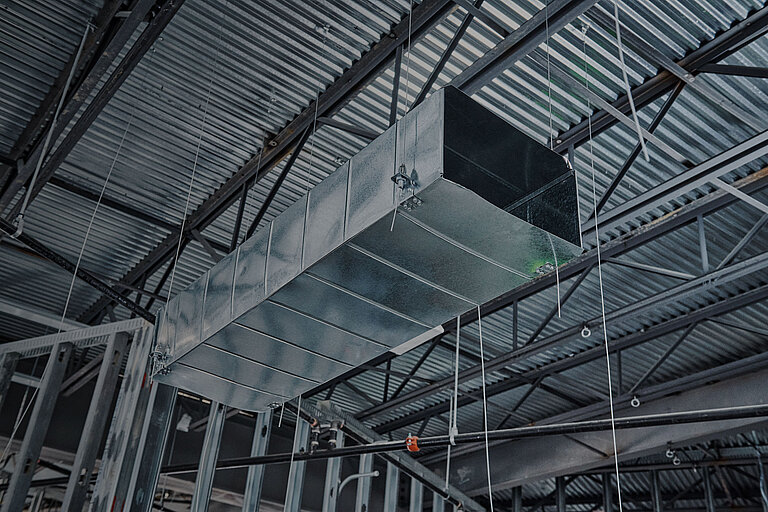

Close collaboration leads to better projects. Discover how with Lead 2030 Hilti is Making Construction Better.

